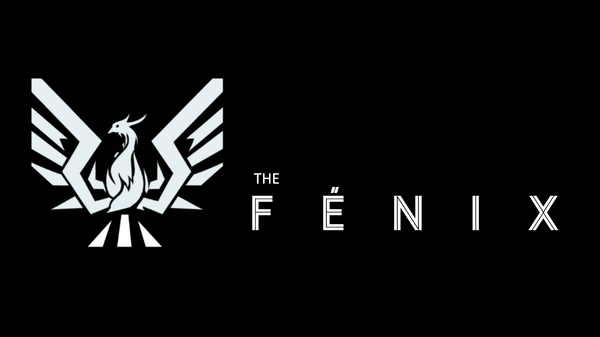Coaching in and around the peewee level in Minnesota ten or so years ago, I saw a few examples of kids who had developed the coordination to use toe drags (or “pull backs”) as a devastating weapon against most of their squirt opponents and, as a result, were often rewarded for it in games. Rewarding a behavior is a great way to create a strong habit. And these players brought their habit to peewees.
Note: If you aren't familiar with toe drags, the Slip Under Triangle drill, when executed with the puck starting on the player's forehand side, starts with a toe drag back toward the player's feet. The player lifts the heel of their stick so the toe of the blade is set up to pull the puck in the right direction and then pulls it in. See the video below for examples.
The problem is that those squirts who couldn’t deal with toe drags used against them a few years back had improved and had now seen a few toe drags in their time. This dramatically reduced the effectiveness of using toe drags against them. But a strong habit fights back and even in the face of the elimination of the reward part of the equation, these players would still frequently try toe drags.
Eventually the habit did go away. Some of the elimination of the habit was down to the long-term effect of the behavior no longer being rewarded and some was coaching which drew their attention to the issue. They kicked the habit… but it took some time.
Despite all of this, I should say that the toe drag can be a great tool. But if you use it enough that it becomes predictable, it will stop working against all but relatively naïve players that haven’t learned from being beaten by it many times before.
In the previous post, I made the case that, in today’s hockey culture as a whole, slip under skill work is done way more (as a percentage of practice time) than slip unders are used in games. I still concluded that this actually makes sense as a practice design strategy. To make that case, I referred to the reasons I had covered in still older blog posts for why we should do slip under work. However, I left one reason out.
That reason is that when we are able to get good at slip under puckhandling, we can use slip unders aggressively in game situations to break down opponents’ defensive structure. The reason this was left out is that it is possible (even common?) to become too aggressive in trying to beat opponents one on one.
This resembles the toe drag phenomenon described above where players wind up aggressively using toe drags way too often. There is also the "puck hog" phenomenon at younger ages where a player both has confidence in their own ability to beat opponents with puckhandling and skating and has not yet learned how to use their teammates. However this is different because, at the ages where that is often seen, it is rare that much slip under skill has been developed.
At older ages, the problem with players who are over aggressive with the puck is that they seeking to do it in many situations where it is not warranted because:
1. The payoff is not there (even a successful move won't turn into a scoring chance) or,
2. The risk is too high (a turnover has a good chance of creating a breakaway or odd man rush the other way).
And, as we saw with the toe drag, trying to do the same move all the time makes you predictable, which makes it less likely to work. If you aren't careful with this, a fancy puckhandling move, can become a trap you don't want to step into.

Can working on a move in practice a lot lead to overuse in a game? They say "practice makes permanent," and, "how you practice is how you play." Generally, these are true. You try to practice things enough to make them automatic. Automatic things don't require conscious control. Work on slip unders enough and players may see a ton of slip under opportunities as they navigate their way through game situations.
Can they control themselves so that they only choose to attack the opportunities where the risk is low and the payoff would be good (relative to other options such as making simple passes or escaping to protect the puck)? If so, then seeing slip under opportunities is an asset. If not, it may create a habit where they are way overused and results in hurting the team!
So, this whole line of thinking is a reason to keep slip under work during training and hockey practice under control. But it is also a reason to teach more than just technique. Its a reason to help develop the read and react skill that allows players to pass on them when they are a bad choice and still use them when they are a good choice. With the red and react skill to go with them, slip unders are another great tool in the toolbox as opposed to a crutch that is being overly relied upon!

